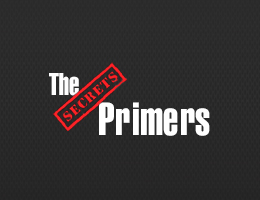Some CD players use multibit DACs (the bits are read in groups), and some use 1 bit DACs, where the bits are read one at a  time. Having several DACs (one for each channel) is also becoming fashionable. Although 1 bit DACs are a modern trend, they are more susceptible to noise than multibit DACs. However, “noise shaping” helps to correct the problem. It is interesting to note that music could be coded with 1 bit words instead of 16 bit words, but the noise level would be quite unacceptable, in other words, terrible. In fact, the word length (number of bits per sample) determines the amount of noise (called signal to noise ratio).
time. Having several DACs (one for each channel) is also becoming fashionable. Although 1 bit DACs are a modern trend, they are more susceptible to noise than multibit DACs. However, “noise shaping” helps to correct the problem. It is interesting to note that music could be coded with 1 bit words instead of 16 bit words, but the noise level would be quite unacceptable, in other words, terrible. In fact, the word length (number of bits per sample) determines the amount of noise (called signal to noise ratio).
The newest form of CDs, called DVD-Audio, or DVD-A, have 24 bit samples, which substantially improve this ratio. Manufacturers of some of the more expensive CD players claim they can “resolve” (read with accuracy) 24 bit samples, but the CDs themselves are still just 16 bits. Since many recordings are made with 20 bit word length recorders (converted to 16 bits for the CD itself), there is another process where the player attempts to recreate the 20 bit sound from the 16 bit words that are on the CD. This is called HDCD (see below). Also, Dolby Digital and DTS both have 20 bit word lengths.


